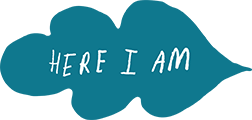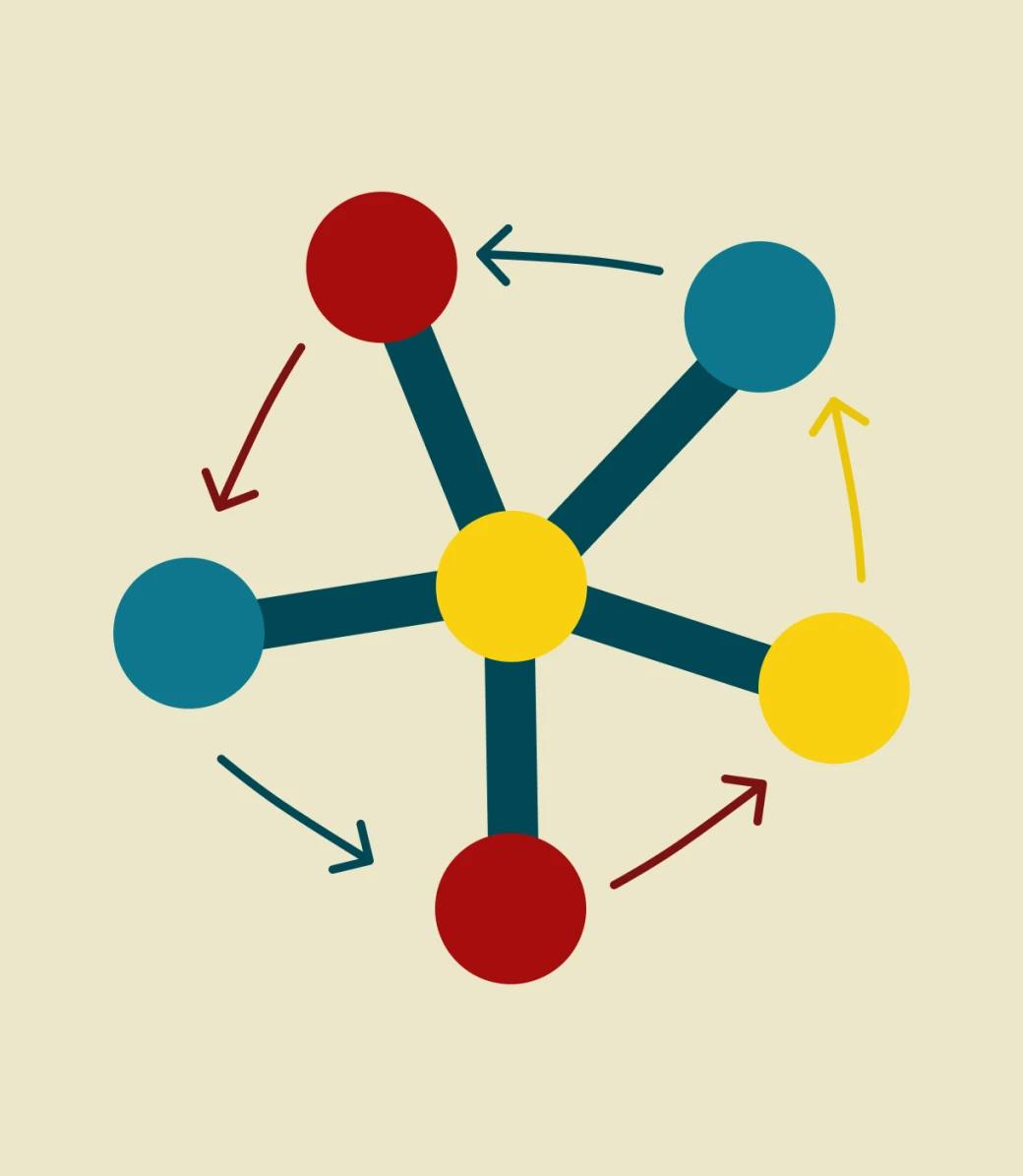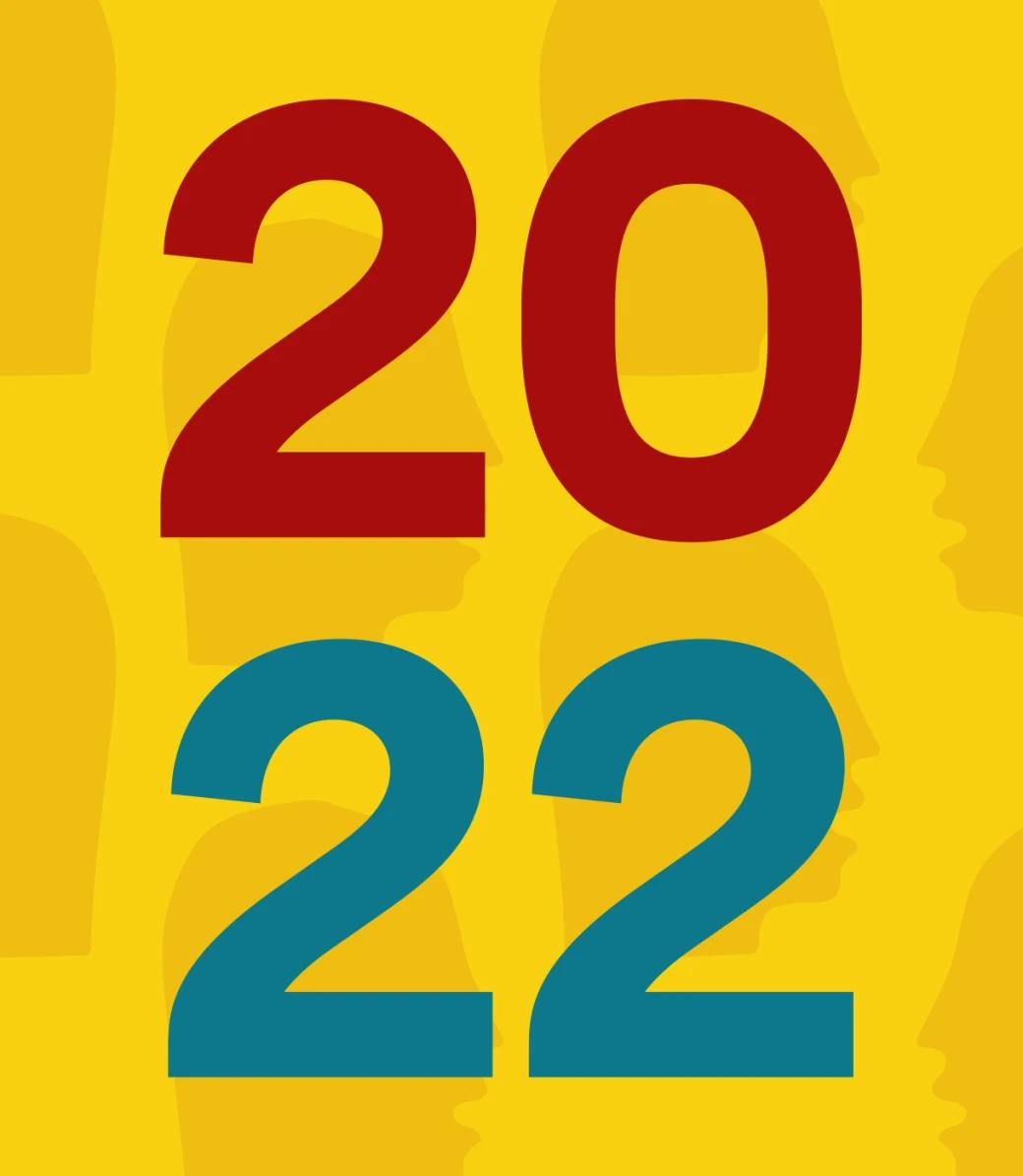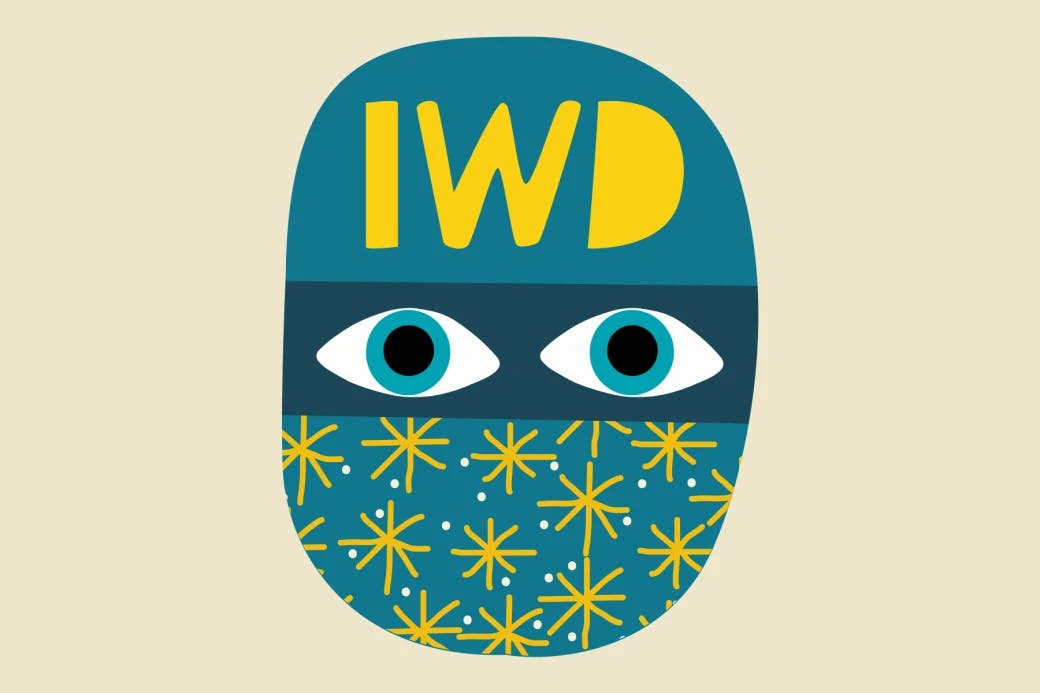What mindset is needed to navigate the ambiguous and complex journey of digital transformation?
Every organisation in the world is now under pressure to begin or accelerate their digital transformation journey. The benefits of digital are multifold—the faster the journey, the faster the rewards can be reaped. Right?
No. This haste can often mean that the wrong things are built, or the right things are built in the wrong way. Still, sometimes the answer is to build nothing or make an improvement to the existing analogue system.
We recently embarked on a user-centric design discovery process with CARE USA to explore the digital imperatives of one of its most globally used frameworks: Community Score Card. Community Score Card is an industry-leading and much loved social accountability tool that was developed in 2002. It’s now used in over 33 countries to help governments and non-government organisations understand the needs of communities from community members themselves.
This project brilliantly exemplifies how to approach digital transformation by prioritising locally-driven input with an agile mindset to ensure the right outcome is reached.
Now, we’re sharing five core principles to help anyone that’s in the midst of or just beginning their digital transformation journey. These principles will help you get into the right mindset to make smart choices when considering digital futures.
1. First, ask yourself: Can digital add value? OR How can we improve the existing process? Rather than: What digital thing should we create?
Digital technologies may not be the ideal solution to your problem—particularly when your users are hard-to-reach, vulnerable, and have restricted mobile and internet access. Sometimes an improvement to the analogue system is the best path to increasing efficiency or impact. Be open to this outcome.
2. Digital transformation isn’t about replicating a paper process into a digital process.
From the get-go, the CARE USA team had great clarity that success was not building a digitised version of the analogue process. The digital transformation process is likely to be different—it’s a marathon, not a sprint. One of the most important decisions when building digital products is identifying what to do first. Almost always, the answer is not ‘all of it.’
3. Be as boundary-less as possible.
Projects often have parameters, such as resource and time commitments or pre-determined project deliverables, that hinder the team’s ability to be agnostic and reach the right solutions. Parameters can serve as helpful guides to ensure the project does not spin out of control. However, innovation requires flexibility to enable the team to pivot and evolve as needed. Allow for as much adaptability as possible.
4. Underpin this agile approach with a strong tried-and-tested structure and process.
While this may sound like a confusing contradiction, agile ways of working must be highly structured when navigating the ambiguous early steps of digital transformation. A great antidote to ambiguity is the tried, tested, and trusted process. At each step, we deploy reliable frameworks to tackle each sticky challenge. Strong structure ensures the project teams are making active choices each time they pivot or evolve from the plan.
5. Finally, don’t shock the stakeholders.
When embarking on a journey of ambiguity, it can be a nerve-wracking experience. Us humans cope much better with certainty than uncertainty. When things are uncertain, communication is crucial. Communicate regularly to the wider stakeholders so they understand and empathise with how the journey is progressing, why decisions are being made, and the data that is driving the pivots and evolutions. This ensures that everyone—the project team and the wider stakeholders—arrive at conclusions at the same time with a shared consensus on what should happen next.
We asked Fay Cowper, Digital Solutions for Scale Lead on the Digital Inclusion team at CARE USA, to share her reflections on the project plus the qualities and characteristics she believes are required to navigate complexity and ambiguity.
Fay is charged with assessing the sustainability and standardisation for CARE USA’s portfolio of digital solutions for program delivery. For the past five years, she has worked on projects that aim to bridge the gender digital divide across the domains of entrepreneurship and economic justice, social accountability, digital literacy, and education. Fay’s a project manager by trade but an advocate for digital inclusion above all.
Why did CARE USA choose to collaborate with Here I Am Studio? What was the project goal?
CARE’s Community Scorecard (CSC) framework is an industry-leading social accountability tool that was developed in 2002. In the wake of COVID-19, organisations have been fundamentally rethinking core systems to embed practical mechanisms for digital transformation. For CARE, deploying CSC digitally required us to think holistically about our motivation and intention so that we could create a more efficient and cost-effective system. We aspire to foster world-class service delivery for our local CARE teams, with a dual ambition to support broader change for social accountability across the non-profit sector.
The Innovation team at CARE USA chose to collaborate with Here I Am because we needed a thought partner that would support us in thinking differently about our approach. We didn’t need an A + B = C methodology that would fast-track an MVP. Our need was to stand back and look at the big problem, rather than solving for piecemeal concepts in our viewfinder. We selected a design studio that asked, ‘why did we start in the first place?,’ and pushed us to ask the harder questions as a team.
What challenges did you anticipate before starting the project?
I knew there would be a couple of challenges—both in a practical sense and in our strategic vision.
Practically, the real experts of CSC are local program managers who are executing the framework with communities and government partners. We had to start by learning from our teams in Nepal, Rwanda, Burundi, and Malawi, as well as the community members that had participated in local CSC initiatives. These folks are busy, based across multiple time zones, and speak different languages. We knew we’d have to get creative, but inclusion of a range of voices was our first priority.
Strategically, we know that technology solutions can be expensive and complicated. Thinking about things like cost, architecture, and vision can easily cause projects to stall or get carried away.
Did you encounter these challenges, as well as others, during the project? How did you respond to these?
Absolutely.
The Here I Am team managed interviews and presentations in French, Kinyarwanda, and Nepali languages across several time zones. They used a variety of communication tools that adapted to network access, language, and geographic location—one of those tools was Fatima. We were grateful that our teams in Nepal, Rwanda, Burundi, and Malawi were 100% invested in the study and helped coordinate a multitude of interviews with short notice. Their desire to innovate really allowed us to achieve a clear vision for next steps.
In a side step, the Here I Am team and I consciously changed direction at least 3 times. We realised that more work was needed in business analysis and strategy, so we shifted deliverables and our initial thinking.
As a Project Manager, what qualities and skills do you believe support the successful navigation of complexity and ambiguity in teams?
Communication is key. Sometimes that means liaising with the right person, developing deep interpersonal relationships, or just sending a message if something is unclear! Of course, organisation, beautifully curated interfaces on Notion, and updated Gantt charts are great. But if you’re not working in lockstep with your team, you can organise an interface all you want—the project won’t move on.
What advice would you give to others embarking on a project with similar challenges?
Lay all the cards out on the table and spend time developing a relationship with the key stakeholders.
We achieved a lot more through clear communication, enjoyable meetings, and engaging other stakeholders that enjoyed the process. There were some conversations we could have had earlier, like cost structure and vision. These are important conversations to have internally that can optimise the value of consultants and expedite the process to get to the meat of the problem. Have hard conversations with your internal team early and often!
Why did CARE feel that now was the right time to digitise the CSC process?
We had tested digital versions of CSC and there were a few renditions that different country teams had developed on their own. For this project, we weren’t setting out to run at full speed into another MVP. We felt that it was important to go through a process of correlating all the ideas, MVP versions, visions, and ambitions for digital CSC that were scattered across several offices and departments. Now that we’ve done that process, we feel equipped to make judgements based on clear evidence and derive a strategy for the digital transformation of CSC.
Any other thoughts?
There are thousands and thousands of digital products that have been developed in the NGO sector that either were discarded after a year of use or were never even utilised in program delivery.
I’m grateful that we had the opportunity to really consider all the variables around what it would mean to ‘digitise’ CSC. While there is a case for rapid design and agile product development, I believe that we must also make space to think critically about when you ‘need an app’ or if the solution is a simple database or website.
Thank you to CARE USA for being an incredible partner on this project and for embodying the mindset and values needed to make smart choices throughout the digital transformation journey.
Let’s keep the conversation going—share this blog post and your thoughts with us on LinkedIn.
Inspired by this post?
We love to share perspectives, thoughts and ideas on creating digital ways to include the excluded. If you have a problem you'd like to discuss, we'd love to hear from you.




